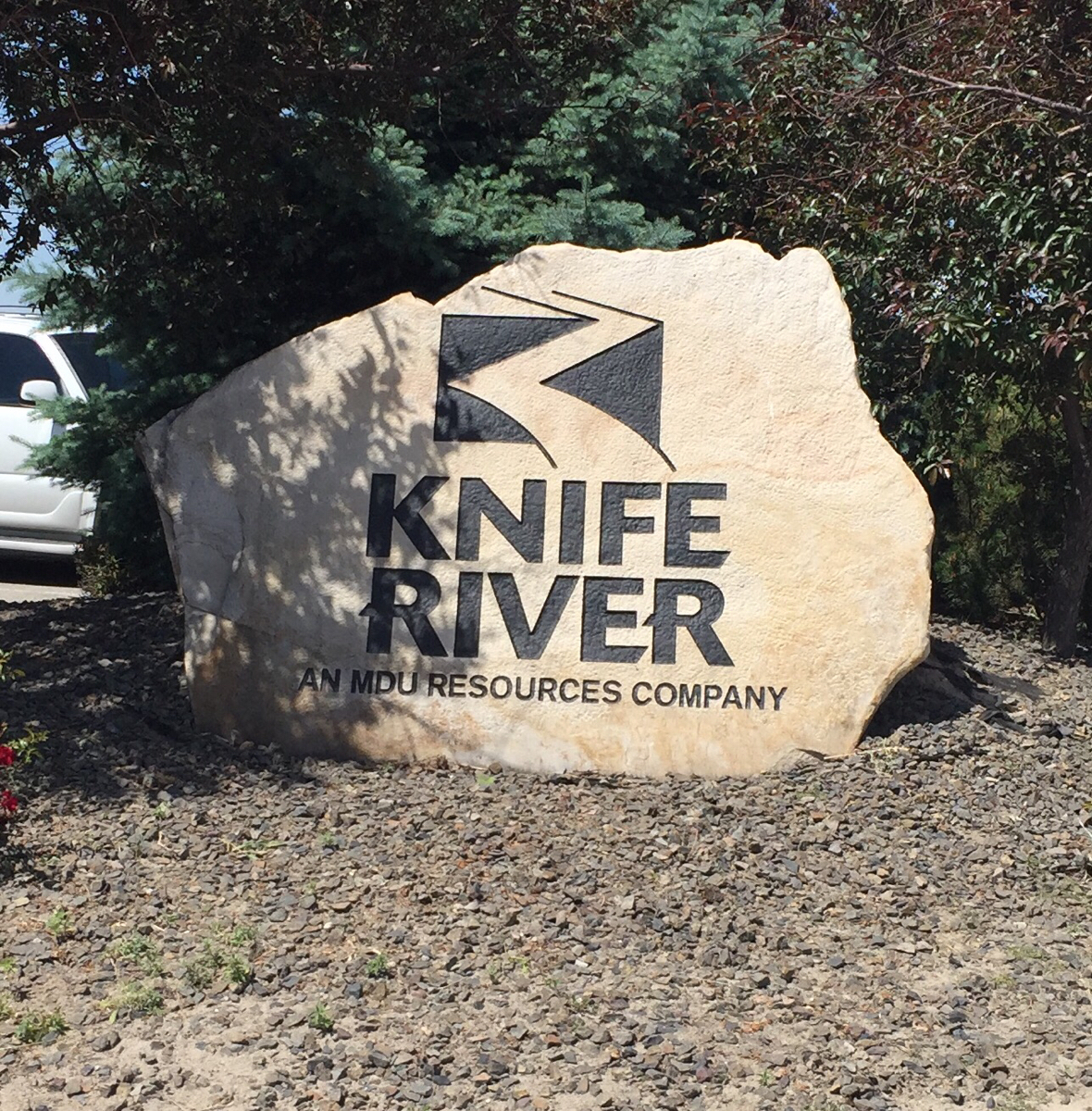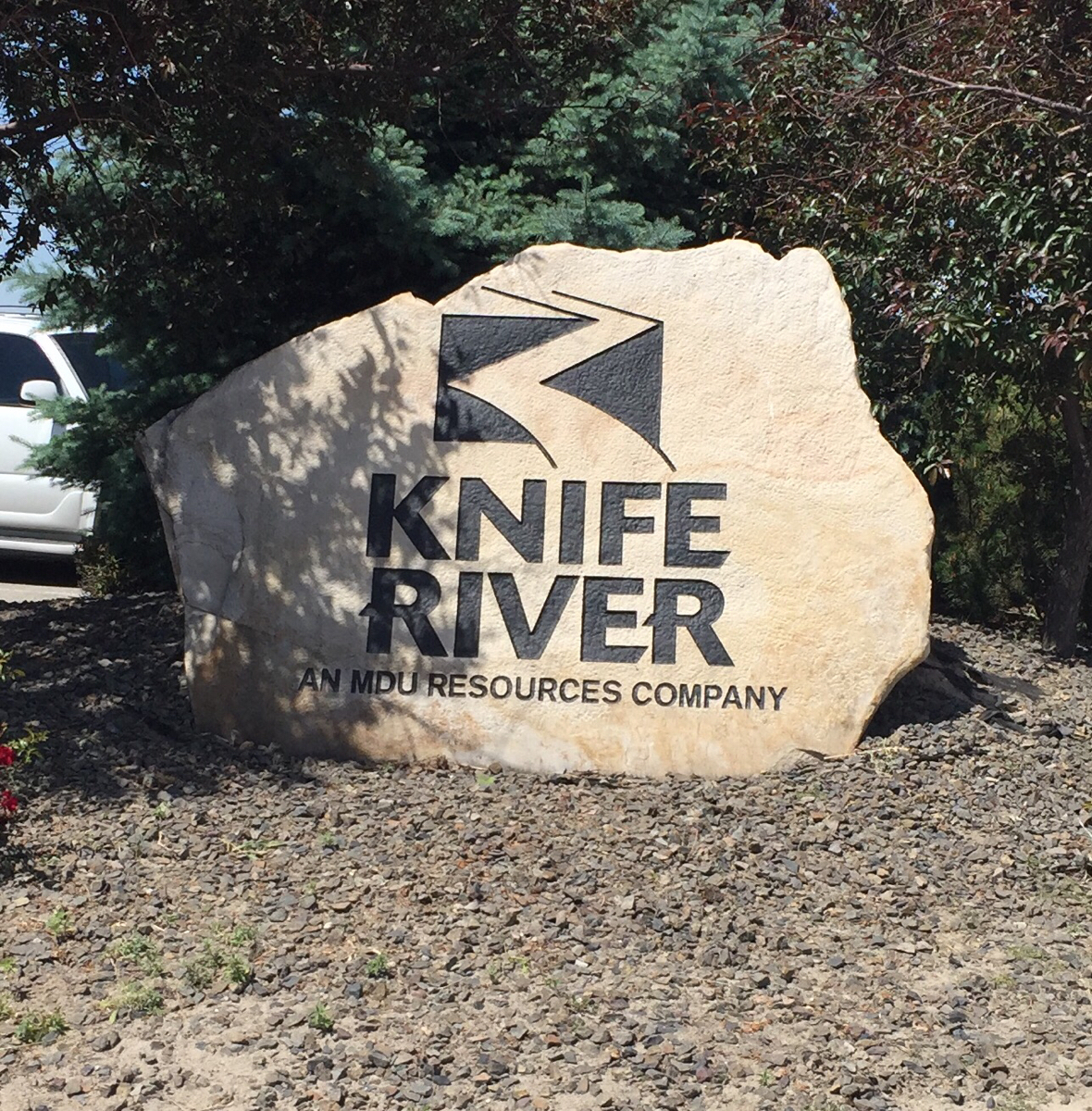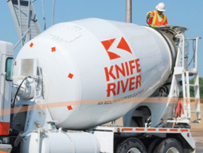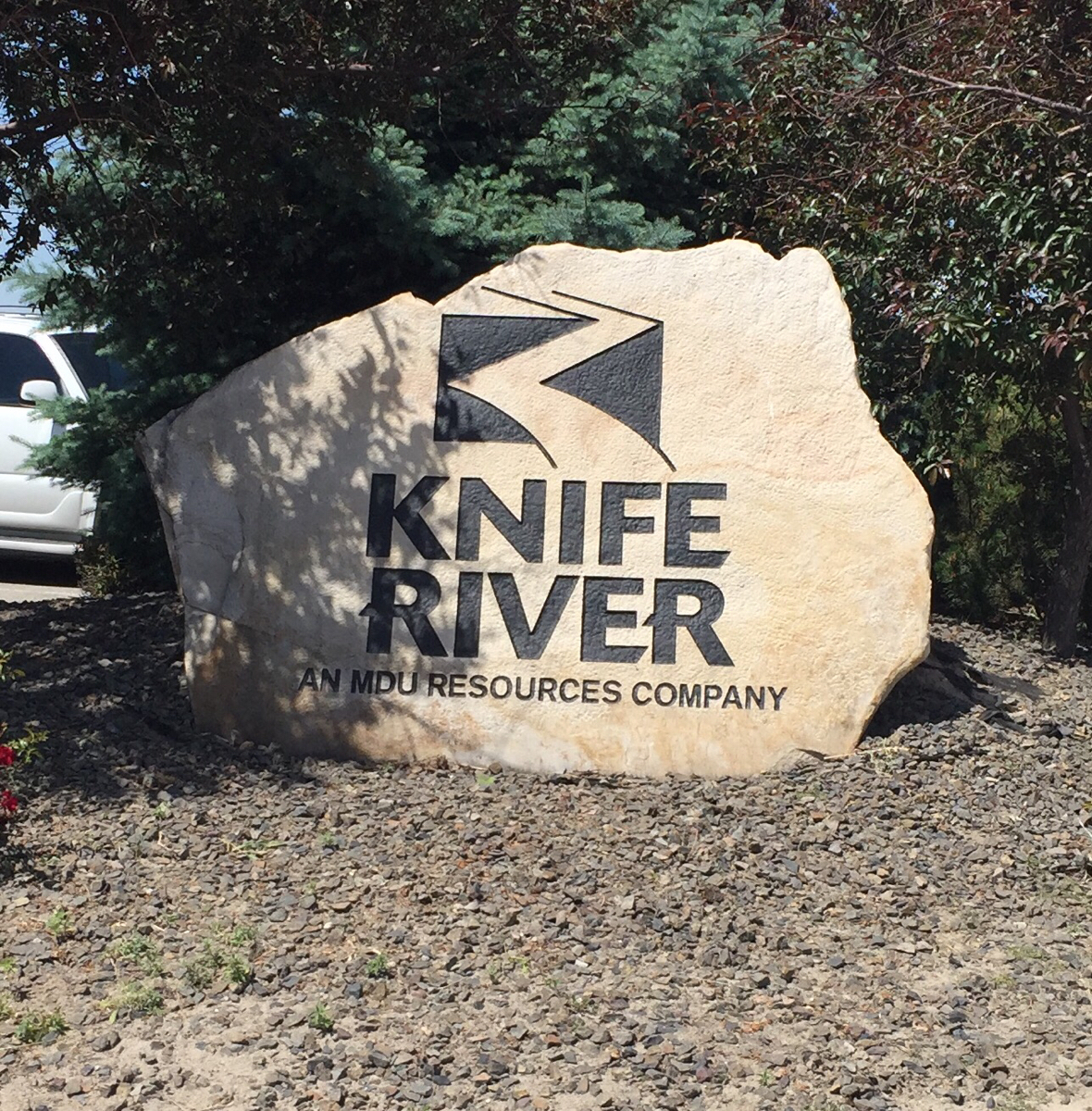Information
-
Document No.
-
Audit Title (Plant-Month-Year)
-
Plant Location:
-
Facility ID & Permit Number:
-
Facility ID & Permit Number:
-
Inspection Conducted on
-
Prepared by
-
Signature
-
Additional Personnel conducting Inspection
Additional Personnel
-
Name and Signature
Weather & Site Conditions
Weather Conditions at Time of Inspection
-
Current Site Conditions
- Sunny
- Overcast
- Dry
- Wet
- Frozen
- Stabilized
-
Wind Direction
- North
- South
- East
- West
- Northwest
- Northeast
- Southwest
- Southeast
Site Inspection
Facility Wide Inspection of Visible Emissions (required monthly)
-
Are the Daily Production Records up to date including daily production, bag house temperature, and pressure drop across the bag house?
-
Check the Box to view the Facility Wide Visible Emissions/Opacity Monitoring Requirements in Section 2.12, 2.13, and 2.14 of Idaho's Concrete Batch Plant PTC.
-
2.12 Visible Emissions/Opacity Monitoring
Each month that the facility is operated, the permittee shall conduct a facility-wide inspection of potential sources of visible emissions, including all baghouse stacks, during daylight hours and under normal operating conditions. The inspection shall consist of a see/no see evaluation for each potential source of visible emissions. If any visible emissions are present from any point of emission, the permittee shall either take appropriate corrective action as expeditiously as practicable, or perform a Method 9 opacity test in accordance with the procedures outlined in IDAPA 58.01.01.625. A minimum of 30 observations shall be recorded when conducting the opacity test. If opacity is greater than 20% for a period or periods aggregating more than three minutes in any 60-minute period, the permittee shalt take all necessary corrective action and report the exceedance in accordance with IDAPA 58.01.01.130-136. The permittee shall maintain records of the results of each visible emission inspection and each opacity test when conducted. The records shall include, at a minimum, the date and results of each inspection and test and a description of the following:
1. The permittee' s assessment of the conditions existing at the time visible emissions are present (if observed},
2. Any corrective action taken in response to the visible emissions
3. The date corrective action was taken.
2.13 Fugitive Dust Monitoring
Each day that the facility is operated, the permittee shall conduct a facility-wide inspection of potential sources of fugitive emissions, during daylight hours and under normal operating conditions to ensure that the methods used to reasonably control fugitive emissions are effective. If fugitive emissions are not being reasonably controlled, the permittee shall take corrective action as expeditiously as practicable. The permittee shall maintain records of the results of each fugitive emissions inspection. The records shall include, at a minimum:
1. The date of each inspection and a description of the following
a. The permittee's assessment of the conditions existing at the time fugitive emissions were present (if observed)
b. Any corrective action taken in response to the fugitive emissions
c. The date the corrective action was taken.
Each time fugitive dust emissions trigger correction of a dust control strategy or implementation of additional dust control strategies, the permittee shall monitor and record the trigger, the corrective action used, and the results achieved from the use of that control strategy or strategies.
2.14 Baghouse Monthly Inspections
The Permittee shall maintain records of the results of each baghouse/filter system inspection in accordance with General Provision 7. The records shall include a description of whether visible emissions were present, an if visible emissions were present, a description of the corrective action that was taken. -
Did the Concrete Facility operate at any time during the previous Month or since the last Facility Wide Visible Emissions Inspection?
-
Are there any visible emissions from Stockpiles?
-
Are there any visible emissions from Material Transfer Points?
-
Are there any visible emissions from Paved or Unpaved Haul Roads?
-
Are there any visible emissions from Material Conveyances?
-
Are there any visible emissions from Parking Lots, Staging Areas, or any other Areas subject to wind erosion?
-
Are there any visible emissions from Baghouses?
-
Are there any visible emissions from the Plants on site including the boots?
-
Are there any incidents of noncompliance observed?
-
Are there any dust control measures needing maintenance or repairs?
-
Are there any failed dust control measures that need replacement?
-
Are any additional dust control measures needed to comply with the permit requirements?
Baghouse Inspection (required monthly)
-
Was the baghouse inspected?
-
Is the structural integrity of the bags adequate?
-
Are the bags appropriately secured in place?
-
Are the bags free from obstructions and not plugged?
-
Is maintenance of the Baghouse being performed in accordance with the O&M Manual?
Opacity Test
Opacity Test
-
Check the Box to view Method 9 Opacity Testing Procedures and the Idaho Visible Emissions Standard
-
Visible Emission Observation Techniques (Requirements)
After obtaining certification, the observer is qualified to conduct field visible emissions evaluations.
Following is a summary of observation techniques that must be followed according to Method 9.
Observer Position
The observer must:
• Stand at a distance that provides a clear view of the emissions with the sun orientated in the 140º sector to his back. (If the observer faces the emission/viewing point and places the point of a pencil on the sun location line of the visible emission observation form such that the shadow crosses the observer’s position, the sun location must be within the 140º sector of the line. If the observer ensures that the emission point is north of the observation point, this requirement should be satisfied. This is a requirement of the method and must be followed even during cloudy or overcast weather conditions. The observer should avoid conducting an observation between 11 a.m. and 1 p.m. when the sun is usually in a position where it cannot be located in the 140º sector to the observer’s back, even during overcast or cloudy weather conditions.)
• Make observations from a position perpendicular to the plume direction.
• When observing opacity of emissions from rectangular outlets (e.g. roof monitors, open baghouses, noncircular stacks), the observer’s position should be approximately perpendicular to the longer axis of the outlet.
• The observer’s line of sight should not include more than one plume at a time when multiple stacks are involved. If more than one plume is visible, make sure that the observation is conducted on a single plume, not a combined plume. If the plumes cannot be distinguished from each other, discontinue reading the plume until they are clearly separated, or wait until a single plume is visible before continuing the observation.
It is important to be able to see the stack outlet. The preferred reading distance is no closer than three stack heights and no further than one-quarter of a mile from the stack. This is a recommendation only. If the viewer can clearly distinguish a plume from a greater distance, a valid reading is possible.
Opacity Observations
Opacity observations must be conducted as follows:
• Observations must be made at the point of greatest opacity in that portion of the plume where condensed water vapor is not present.
• The observer must not look continuously at the plume, but instead observe the plume momentarily at 15-second intervals.
• When condensed water vapor is present within the plume as it emerges from the emission outlet (attached steam plume), opacity observations must be made beyond the point in the plume at which condensed water vapor is no longer visible. The observer must record the approximate distance from the emission outlet to the point in the plume at which the observations are made.
• When water vapor in the plume condenses and becomes visible at a distinct distance from the emission outlet (detached steam plume), the opacity of emissions should be evaluated at the emissions outlet prior to the condensation of water vapor and the formation of the steam plume.
Other considerations:
• A clearly visible background of contrasting color results in greatest reading accuracy.
• The best viewing spot is usually within one stack diameter above the stack exit. This spot is where the plume is densest and the plume width is approximately equal to the stack diameter.
Recording Observations
• Opacity observations must be recorded to the nearest 5% at 15-second intervals on an observational record.
• Recording of a minimum of 30 readings (7.5 minutes) is required by the Idaho method when making opacity observations.
Calculating Opacity
To determine compliance with the Idaho visible emissions standard, calculate opacity as follows:
Step 1: Count the number of readings in excess of the percent opacity limitation (in most cases, 20%).
Step 2: Divide this number by four (each reading represents 15 seconds) to find the number of minutes in excess of the percent opacity limitation.
Step 3: If the opacity limit has not been exceeded for more than three minutes, no violation has occurred.
Idaho Visible Emissions Limit
In Idaho, visible emissions from any point of emission cannot exceed 20% opacity for more than three minutes in any 60-minute period. Rules for Control of Air pollution in Idaho, IDAPA 58.01.01.625. (Different standards apply to six types of exempted sources. See the rules for more information about these sources. Additionally, more stringent visible emissions standards may apply to sources subject to federal New Source Performance Standards found in 40 CFR Part 60.) -
Was an Opacity Test Performed?
-
Date & Time of Opacity Test
-
Attach a completed Method 9 Observation form to this Inspection.
Opacity Test Results
-
Calculated Opacity
- 5%
- 10%
- 15%
- 20%
- 25%
- 30%
- 35%
- 40%
- 45%
- 50%
- 55%
- 60%
- 65%
- 70%
- 75%
- 80%
-
Is the Facility operating within the Permit Conditions?<br>
-
Contact the Facility Manager and the Environmental Manager (Joe Smith @ 406-876-4637)










